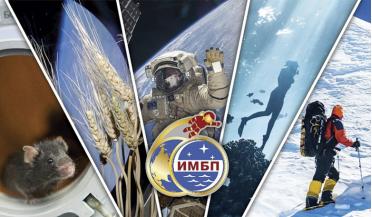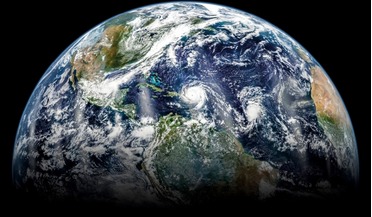ROOM: The Space magazine is one of the leading magazines on space exploration, technology and industry. At ROOM, we share a common objective – promotion of peaceful space exploration for the benefit of humankind, all while bringing you incisive articles on an assortment,a range of interesting topics. Our authors include experts and industry leaders from all over the world, which lets us bring you timely and accurate information about gravitational and space biology journal.
 September 2023
Getting a grip on space sustainability and space debris
September 2023
Getting a grip on space sustainability and space debris
... possible. George Freeman MP, UK Minister of State for Science, Research and Innovation, has been leading a series of round tables on space sustainability, space standards and space policy, to ensure that everyone has a say. With regard to ...holding it back. We need to remain cognisant of the twin drivers of commercial sustainability and space sustainability. And certainly, we’re very plugged in to what the academic community is doing, with studies...
 February 2021
Cyber and Space – the role of the cyber-range
February 2021
Cyber and Space – the role of the cyber-range
..., as it is possible to build entire virtual architectures that emulate both space and non-space assets. Any organisation can buy or access a commercial cyber-range solution that...space and cybersecurity regime that is flexible and multilateral. The space community has always been good at promoting acceptable ‘behavioural norms’. Numerous countries and agencies already work together on space projects and solutions - and cybersecurity in space...
 September 2023
The Institute of Biomedical Problems - Sixty years of contributing to the development of space biomedicine
September 2023
The Institute of Biomedical Problems - Sixty years of contributing to the development of space biomedicine
... of new fields of knowledge - space medicine and biology, gravitational biology and physiology. In collaboration with academic, medical, educational and technical organisations of various agencies and with broad international collaboration, the challenges necessary for human space exploration in medicine and related fields (biology, physiology, psychophysiology, habitability...
 July 2020
Pandemic in space – are we ready?
July 2020
Pandemic in space – are we ready?
... Peaceful Uses of Outer Space (UNCOPUOS) highlighted concerns of “biological, chemical, and radiation contamination”, the endangering of possible living organisms, and the need to have effective protection against “hazards to health and safety” in the exploration and use of outer space. Space law governs all...
 November 2016
Microgravity and space research: Bringing the commercial market into focus
November 2016
Microgravity and space research: Bringing the commercial market into focus
...performance options. Many of these microgravity experiments were oriented towards space exploration and this advanced research started to push the boundaries in physics, biology and chemistry. A big shift began in the USA when constrained... budgets pushed a new approach of space-related topics by the American government. Convinced that...
 June 2022
Space activities and space debris - finding an ethical balance
June 2022
Space activities and space debris - finding an ethical balance
... 6,000 successful launches have led to the problem of space debris: defunct human-made objects – or fragments caused by their collisions or explosions – which gravitate into the crowded orbit of the Earth. NASA scientist ...for generations. Moreover, due to kinetic energy released during an impact, even the smallest objects can (and have already) disrupted working satellites. A solution must be found to ensure the protection of existing in-orbit...
 July 2019
Stepping into space with STEAM
July 2019
Stepping into space with STEAM
... and STEAMSPACE volunteer puts it: “It is not enough to just learn the way things have been done in the past. I think every STEM curriculum should be required to have an art component. Biologically ...their focus on discussion in their entry. Students can discuss anything from space architecture and space agriculture, to creating new ideological structures, to medicine and law. And, of course the Arts. By considering all of the occupations necessary...
 July 2019
Who owns outer space?
July 2019
Who owns outer space?
... correct interpretation of ‘the mankind provisions’ has thus reached an impasse and, according to former Editor-in-Chief of the Journal of Space Law, Prof Joanne Gabrynowitz, it is “now primarily a political problem and... therefore, only subject to a political solution. Without supportive political...
 January 2021
Spacepower and international relations
January 2021
Spacepower and international relations
... uses of outer space, and the author of War in Space: Strategy, Spacepower, Geopolitics and several papers on space policy in a variety of academic journals. Dr Bowen frequently appears in media items on space policy, writes a regular column for SpaceWatch Global, and advises practitioners on space security and defence policy in space.